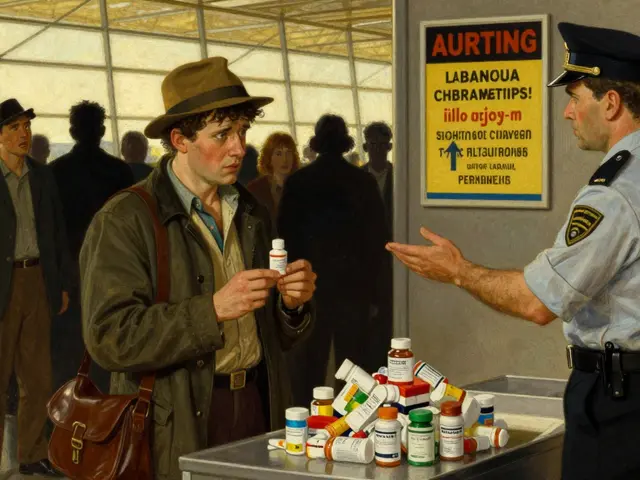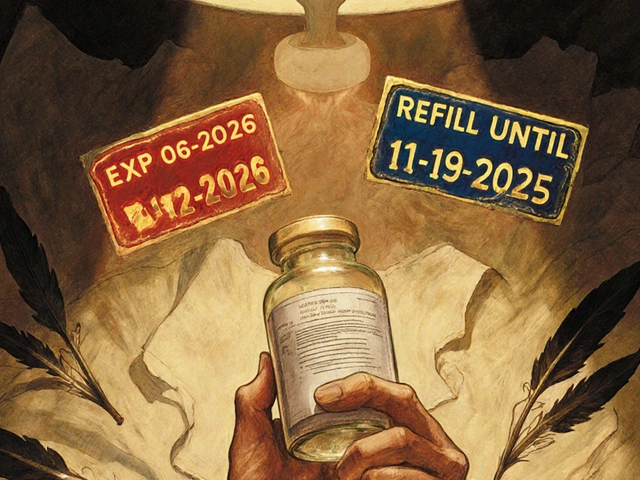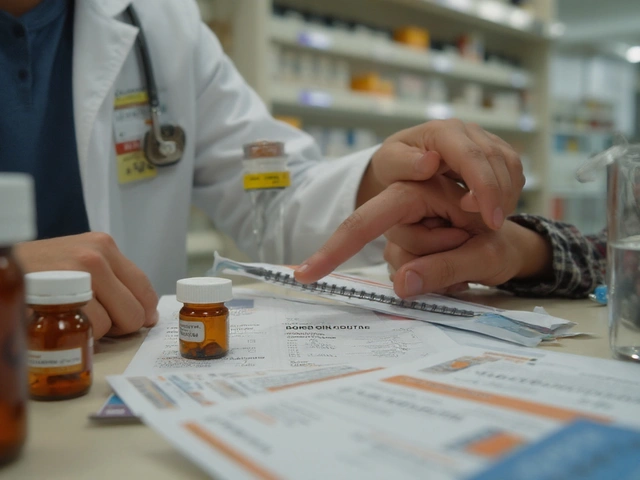Angina Spray: Fast Relief for Chest Pain
If you get sudden chest discomfort, an angina spray can be a lifesaver. It’s a tiny bottle that delivers nitroglycerin right into your mouth, opening up blood vessels fast enough to ease the pain. Most people keep it in a pocket or on a keychain so it’s there when you need it.
Why choose a spray over a tablet? Sprays work in seconds because the medication bypasses the stomach and goes straight into the bloodstream through the lining of your mouth. That means you feel relief faster, which can be crucial during an angina attack.
How to Use Angina Spray Correctly
First, read the label and make sure the spray is still within its expiration date. When you feel chest pain, sit or stand upright – lying down can make the drug less effective. Hold the bottle a few centimeters from the inside of your cheek and press the nozzle once. Do not spray directly onto the tongue or swallow the spray; just let it coat the inner cheek.
Wait about one to two minutes to see if the pain eases. If it doesn’t, you can take a second spray, but wait another minute first. Most doctors say no more than three sprays in five minutes, unless they tell you otherwise.
After using the spray, avoid drinking alcohol or taking erectile dysfunction meds for at least 24–48 hours. Both can cause a dangerous drop in blood pressure when combined with nitroglycerin.
Common Side Effects and Safety Tips
Side effects are usually mild. You might feel a headache, dizziness, or a warm flush. These happen because blood vessels widen throughout your body, not just in the heart. If the headache is bothersome, a regular pain reliever like acetaminophen can help.
Watch out for a rapid heartbeat or faint feeling. Those signs mean your blood pressure may be too low, and you should sit down, raise your legs, and call a doctor if they don’t improve quickly.
Store the spray at room temperature, away from direct sunlight and moisture. Extreme heat can break down the medication, making it less effective.
Replace the bottle as soon as the count shows you’ve used the last dose. Running out in the middle of an attack is risky, and a new prescription is usually quick to get if you keep your doctor in the loop.
Finally, know when to seek emergency care. If the pain lasts more than a few minutes despite two sprays, or if you feel nausea, shortness of breath, or sweating, call emergency services right away. Angina spray helps manage symptoms, but it’s not a cure for heart disease.
Keeping a spray handy, knowing how to use it, and understanding the warning signs can make a big difference in how you handle angina episodes. Stay informed, follow your doctor’s dosage plan, and you’ll be prepared the next time chest pain strikes.

Nitroglycerin (Glyceryl Trinitrate) Guide: Uses, Dosage, Side Effects, and Safety in NZ
Plain-English guide to nitroglycerin/GTN: what it is, how to use it for chest pain, dosing, side effects, interactions, and NZ-specific tips you can act on today.
Aug 21 2025




